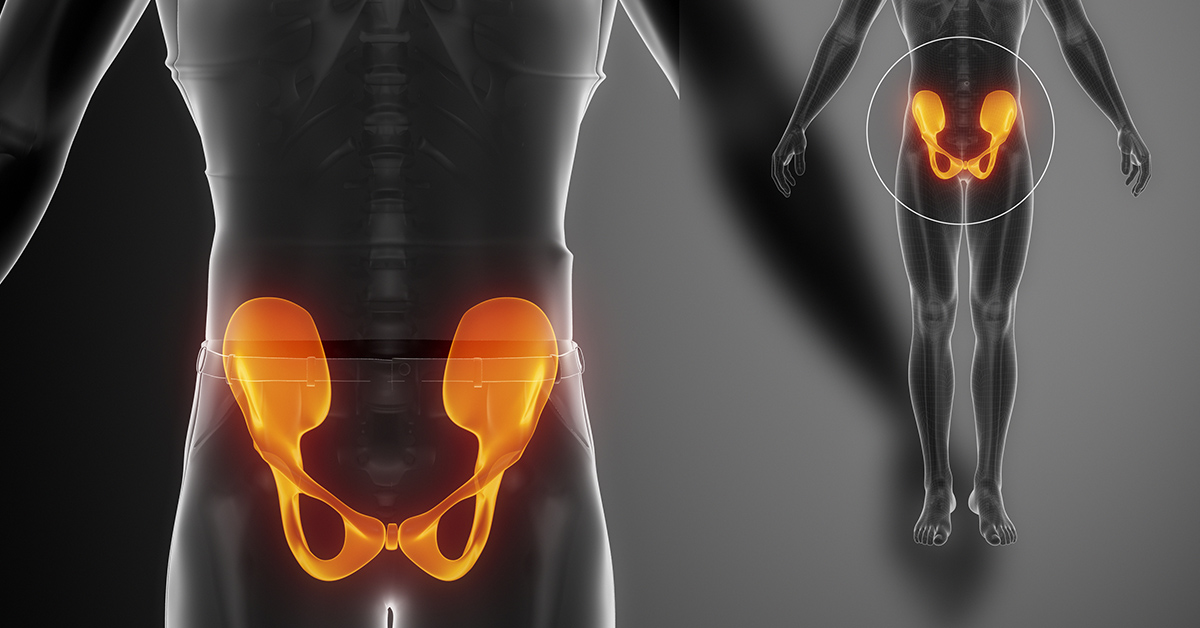Hip replacement is a procedure that many people consider when they’re considering surgery. And for good reason – it can be a life-altering event. But what if you could avoid surgery altogether? What if there was another way to fix your hip? There is, and it’s called the anterior approach.
There are a few different hip replacement surgeries that can be done using an anterior approach. These include total hip replacement (THR) and resurfacing hip replacement surgery. THR is the most common type of hip replacement and typically involves replacing the entire hip joint with a prosthetic implant. The resurfacing surgery is less common but is similar to THR in that it also replaces the entire joint with a prosthetic implant. You can get the treatment of hip replacement from experts via www.capefearortho.com/hip-and-knee/.

Image Source: Google
There is a growing trend of hip replacement surgeries being performed through an anterior approach rather than the traditional posterior approach. There are many reasons that anterior hip replacements may be preferred, but two main ones are that anterior approaches allow for a shorter recovery time and they often result in less pain post-op.
Many surgeons believe that an anterior approach offers a quicker return to activity and helps to minimize the risk of re-injury. In most cases, patients can resume their regular routine within 2-4 weeks after surgery, although there may be some limitations during the early stages of healing. Many patients find that they have minimal discomfort and no limitation in mobility following surgery.
However, as with any surgical procedure, there are potential risks involved with undergoing an anterior hip replacement. These include infection, neurovascular damage, and blood clots. While these risks are typically small, they can still occasionally occur and should be considered when making the decision to pursue this type of surgery.
